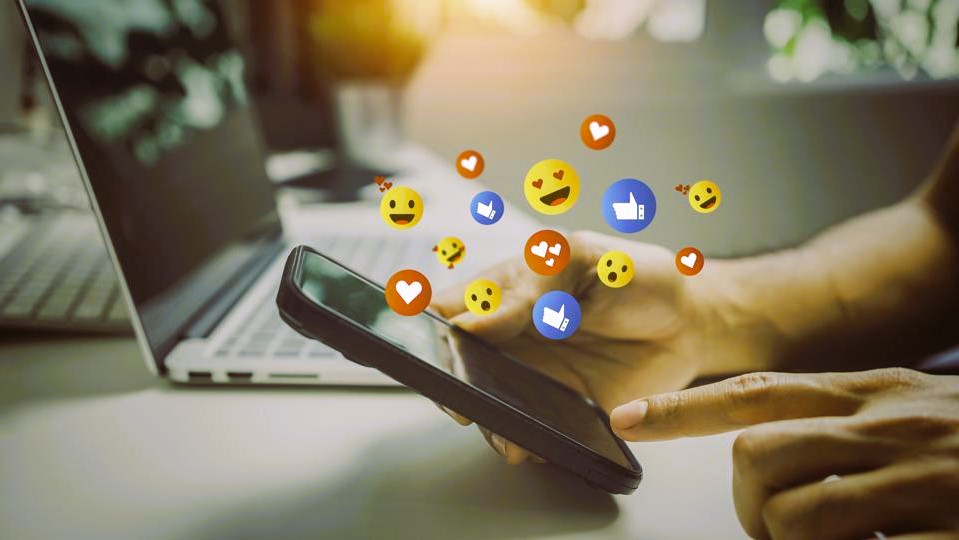In the modern era, where media permeates every aspect of our lives, understanding the psychology behind media consumption is paramount. From television and radio to social media and streaming platforms, the choices individuals make in media consumption are complex and influenced by a myriad of psychological factors. This article delves into the intricate world of the psychology of media consumption, exploring the drivers, impacts, and underlying mechanisms that shape audience behavior.
Cognitive and Emotional Influences:
- Cognitive Biases: The way individuals process information is influenced by cognitive biases. Confirmation bias, where people seek information that confirms their existing beliefs, and availability bias, which prioritizes easily accessible information, play pivotal roles in shaping media consumption patterns.
- Emotional Appeal: Media content often leverages emotional appeal to capture audience attention. Whether through storytelling, visuals, or music, emotions play a significant role in how individuals connect with and remember media messages. Emotional resonance can create lasting impressions and influence preferences.
Social and Cultural Factors:

- Social Identity Theory: Social identity theory suggests that individuals categorize themselves and others into social groups. Media consumption becomes a way to reinforce one’s social identity, with people often gravitating towards content that aligns with their perceived group affiliations.
- Cultural Influences: Cultural background shapes the way individuals interpret and respond to media messages. Cultural values, norms, and traditions influence preferences, making media consumption a reflection of cultural identity and societal values.
Motivations and Needs:
- Maslow’s Hierarchy of Needs: Maslow’s hierarchy of needs posits that individuals have a hierarchy of psychological and emotional needs. Media consumption can fulfill various needs, from providing entertainment and escapism to satisfying the desire for social connection, information, and self-expression.
- Parasocial Interaction: Parasocial interaction refers to the illusion of a relationship between a media consumer and a media persona. Individuals may develop a one-sided “relationship” with celebrities, influencers, or fictional characters, influencing their media choices based on this perceived connection. You can learn more about how RTA prepares students for the world of media here.
Technological Impact:
- Attention Economy: In the digital age, the attention economy plays a crucial role in shaping media consumption. Platforms vie for users’ attention, leading to the design of content that captures and retains attention. This competition influences the types of content individuals encounter and engage with.
- Algorithmic Personalization: Algorithms on social media and streaming platforms personalize content recommendations based on user behavior. This creates a filter bubble, where individuals are exposed to content that aligns with their existing preferences, potentially limiting diverse perspectives.
Psychological Effects of Media Consumption:
- Cultivation Theory: Cultivation theory suggests that long-term exposure to media content can shape individuals’ perceptions of reality. Heavy consumers of certain types of media may develop views and beliefs that align with the portrayals in the media they consume.
- Media Violence and Aggression: Extensive research has explored the relationship between media violence and aggressive behavior. Exposure to violent content in media can influence individuals, especially children, by desensitizing them to aggression and shaping their attitudes towards conflict.
Ethical Considerations:

- Media Manipulation and Persuasion: Ethical concerns arise when media content is designed to manipulate or persuade individuals for specific purposes. From political propaganda to advertising, understanding the psychological tactics employed in media is crucial for informed and ethical consumption.
- Privacy and Surveillance: The digital era raises concerns about privacy and surveillance. Individuals may alter their media consumption behavior due to the awareness of being monitored, impacting their freedom to explore diverse content without fear of judgment or consequences.
Media Literacy and Empowerment:
- Critical Media Literacy: Critical media literacy empowers individuals to understand, analyze, and critically evaluate media messages. Educating the public on media literacy enhances their ability to navigate the media landscape with discernment and resist manipulation.
- Empowering Informed Choices: Understanding the psychological aspects of media consumption empowers individuals to make more informed choices. By recognizing the influences on their media behavior, individuals can curate a media diet that aligns with their values and preferences.
Standardization and Regulation:
To maintain ethical standards and protect consumers, media content is subject to regulations and standards. Wikipedia’s article on Media Standards provides insights into global standards and practices, offering a comprehensive overview of the principles guiding media organizations.
Conclusion:
The psychology of media consumption is a multidimensional and ever-evolving field. As technology advances and media landscapes shift, understanding the intricacies of audience behavior becomes increasingly important. Whether for marketers, content creators, educators, or consumers, a nuanced understanding of the psychological factors influencing media consumption can lead to more ethical, informed, and empowering media experiences. In an age where media holds immense influence, navigating this landscape with critical awareness ensures that individuals make choices aligned with their values and contribute to a media landscape that reflects diverse perspectives.




